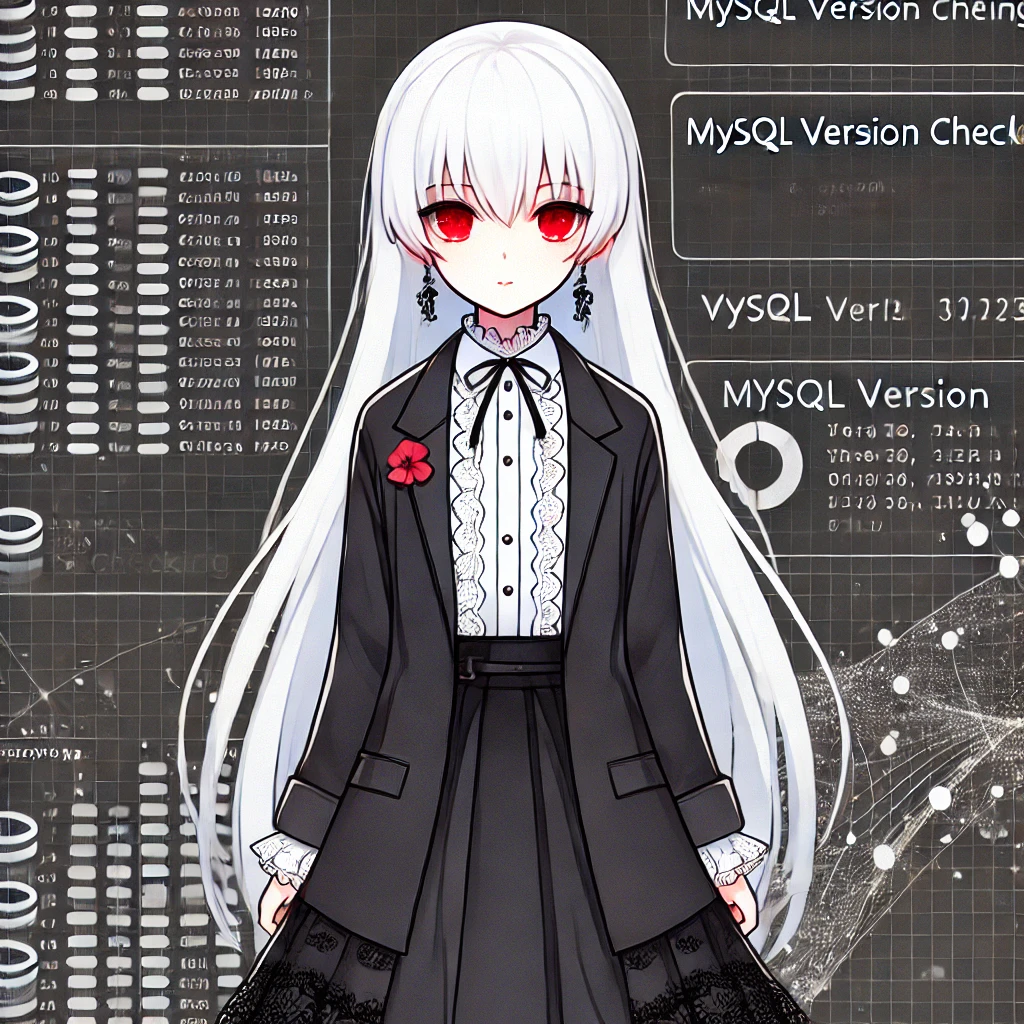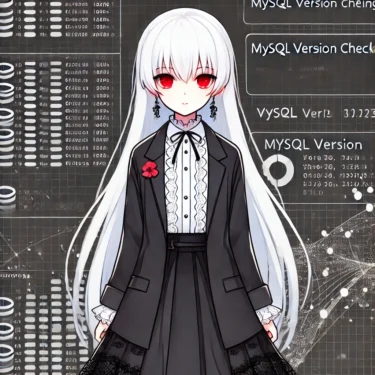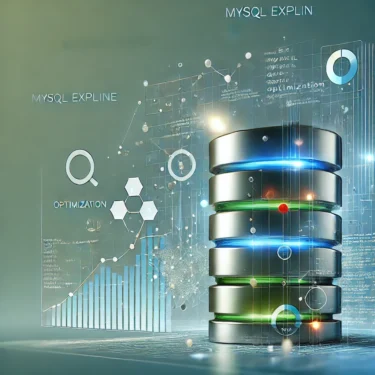1. Introduction
The Importance of Checking Your MySQL Version
MySQL is a popular open-source relational database management system used in many web applications and websites. However, depending on the version you are using, there may be security vulnerabilities or compatibility issues with certain features. That’s why it’s essential to check your MySQL version and make sure it’s up-to-date with the latest stable release. In this article, we’ll walk you through how to check your MySQL version and why it matters.
When to Check the Version
Checking your MySQL version should be part of your regular maintenance routine. It’s especially important when you want to use new features or apply security updates. Additionally, checking the version is critical when migrating systems or upgrading your server environment.
2. Basics of Checking MySQL Version
2.1 Checking the Version with the SELECT VERSION(); Command
The simplest way to check your MySQL version is by executing the SELECT VERSION(); SQL command. This command directly queries the MySQL server and returns the version number. Here’s how to run it:
SELECT VERSION();Example Output and Explanation
When you run this command, it returns your MySQL version like this:
+-----------+
| version() |
+-----------+
| 8.0.25 |
+-----------+2.2 Using the status Command to Check the Version
Another method is using the status command, which displays various status details about your MySQL session—including the version. You can execute it like this:
statusExample Output
--------------
mysql Ver 8.0.25 for debian-linux-gnu on x86_64
...
Server version: 8.0.25 MySQL Community Server - GPL
--------------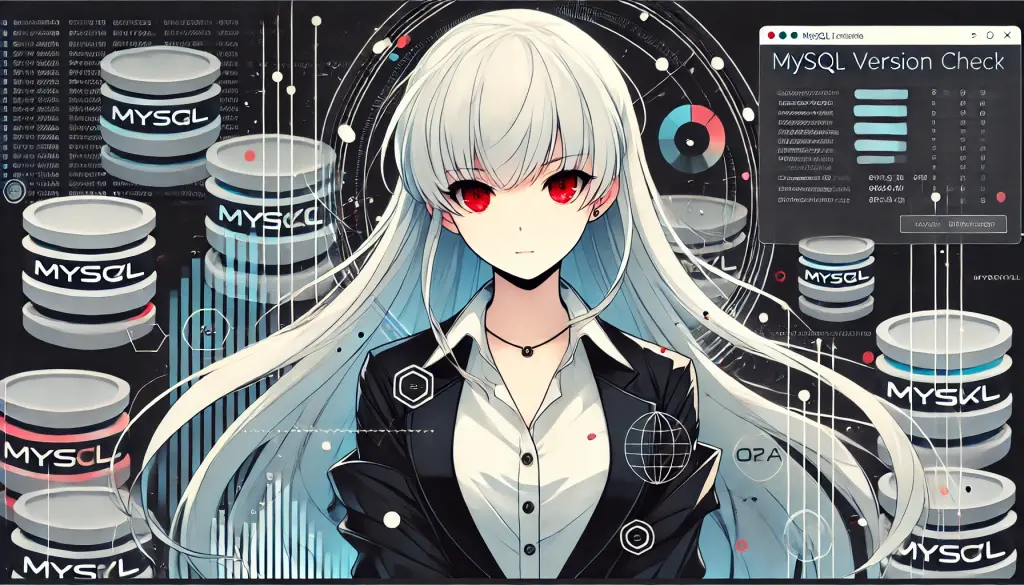
3. How to Check Your MySQL Version in Different Environments
3.1 Checking via Command Line
You can also check your MySQL version using the command line, though the specific steps may vary depending on your operating system.
Steps for Mac and Windows
- On Mac: Open the Terminal and run the following command:
mysql -u root -p -e "SELECT VERSION();"- On Windows: Open the Command Prompt, navigate to your MySQL installation directory, and run:
mysql -u root -p -e "SELECT VERSION();"3.2 Checking via phpMyAdmin
If you’re using phpMyAdmin, you can easily check the MySQL version right from your web browser. Follow these steps:
- Log in to phpMyAdmin.
- You’ll see the version displayed on the right side under “MySQL version.”
- Alternatively, you can go to the SQL tab and run the
SELECT VERSION();command manually.
3.3 Checking via MySQL Workbench
MySQL Workbench is a graphical user interface (GUI) tool for managing MySQL. You can also check the version here:
- Open MySQL Workbench.
- Select the database connection you want to use. The version will be shown in the information panel on the right.
- Alternatively, open the SQL Editor and run
SELECT VERSION();to see the version.
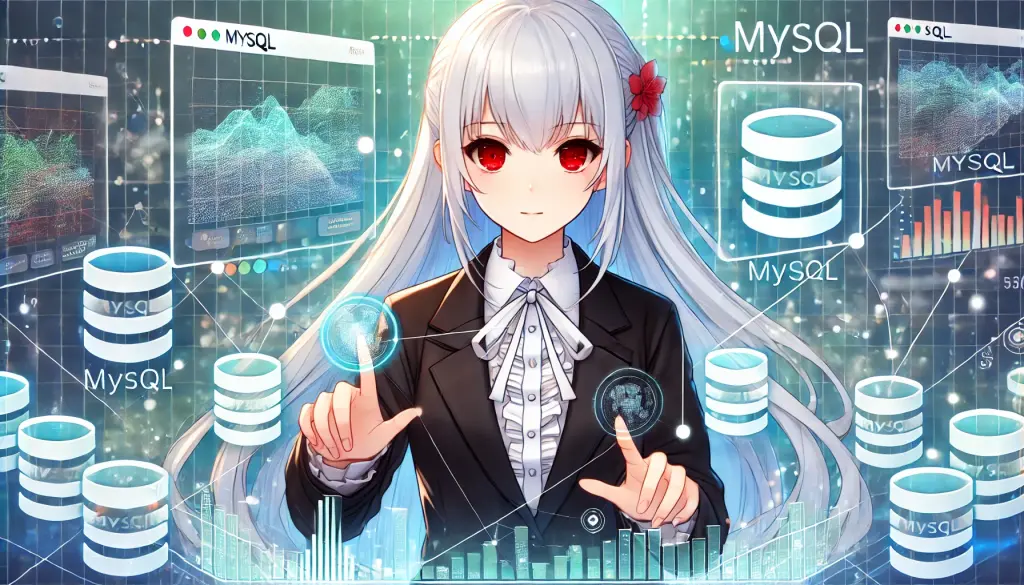
4. Important Notes About MySQL Versions
4.1 Version Compatibility and Updates
Different versions of MySQL may introduce new features or deprecate old ones. That’s why it’s important to carefully test before performing updates to ensure compatibility with your system. In particular, when migrating databases between versions, compatibility issues may arise. Always review the release notes in advance and make sure to back up your data before making any changes.
4.2 Backups and Testing Before Upgrading
Before upgrading MySQL, it’s strongly recommended to back up your data and test the new version in a staging environment. This allows you to handle any unexpected issues quickly and helps ensure system stability during and after the upgrade.
5. Frequently Asked Questions About Checking MySQL Version
5.1 Common Questions and Answers
- Q1: What should I do if I can’t check my MySQL version?
A: If you’re unable to check the version, first make sure MySQL is properly installed and the environment variables are correctly set. In some cases, permission issues may prevent access, so try running the command with administrator or root privileges. - Q2: What should I watch out for when upgrading MySQL?
A: Before upgrading, always check for compatibility issues between your current version and the new one. Back up your data and test the upgrade in a separate environment. Also, make sure to read the release notes to understand what has changed. - Q3: What are the risks of using an outdated version of MySQL?
A: Older versions may have known security vulnerabilities that can expose your system to risks such as unauthorized access or data breaches. To stay secure, it’s important to keep your MySQL installation up to date.
5.2 Troubleshooting Tips
- If MySQL won’t start, check the error log to find the cause.
- If problems occur after an upgrade, restore the previous version using your backup.
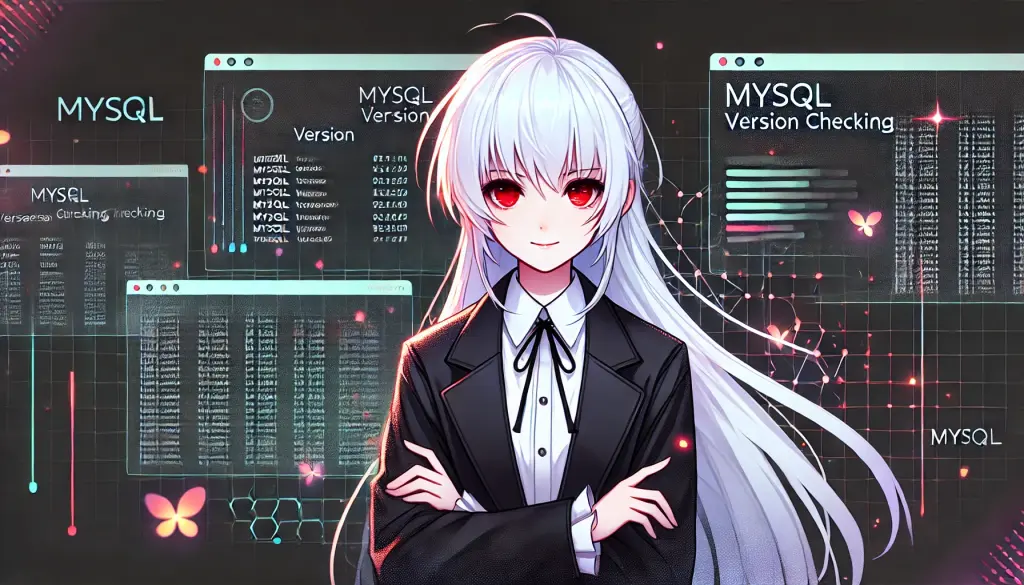
6. Summary
Key Points About Checking Your MySQL Version
Checking your MySQL version is essential for both security and functionality. You can easily do this using commands like SELECT VERSION(); or status. Make it a habit to check regularly and keep your system updated with the latest stable version.
Why Regular Checks and Updates Matter
By checking your MySQL version regularly, you can reduce security risks and take full advantage of new features and performance improvements. To avoid vulnerabilities, it’s also important to review update notifications and release notes, and upgrade when necessary.
Looking Ahead: Managing MySQL Effectively
Since features and performance can vary between MySQL versions, version management plays a critical role in running your database efficiently. By staying on top of version updates, you can maintain optimal performance, enhance security, and ensure the overall reliability of your system.
7. References and Additional Resources
- Official MySQL Documentation
The official MySQL documentation includes release notes and update information for each version. When checking your MySQL version or planning an upgrade, we highly recommend reviewing the official docs. - MySQL Documentation
Related Tools
- phpMyAdmin: A browser-based tool that lets you manage MySQL databases easily. You can also check your MySQL version with just a few clicks.
- phpMyAdmin
- MySQL Workbench: A graphical tool for designing and managing MySQL databases. Useful for visualizing and managing your database structure, and checking version info.
- MySQL Workbench
Use these resources to manage and update your MySQL version more efficiently and securely.
